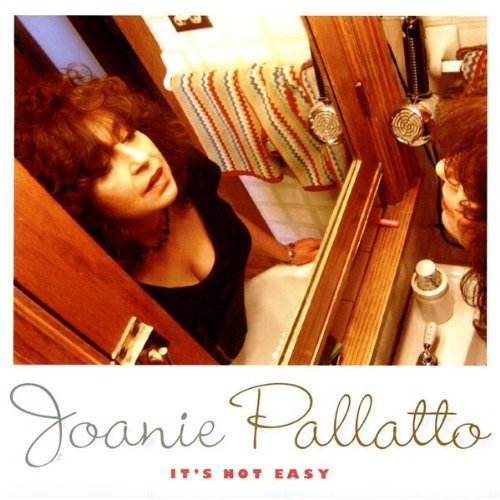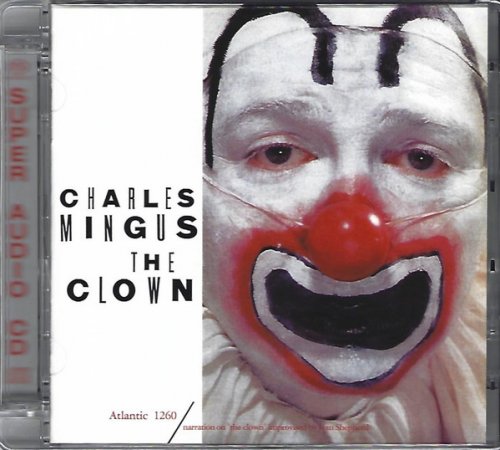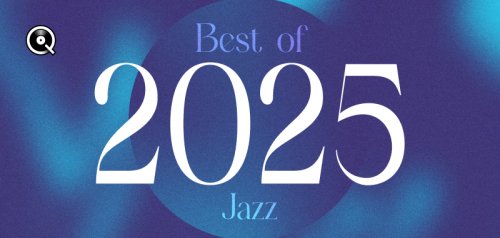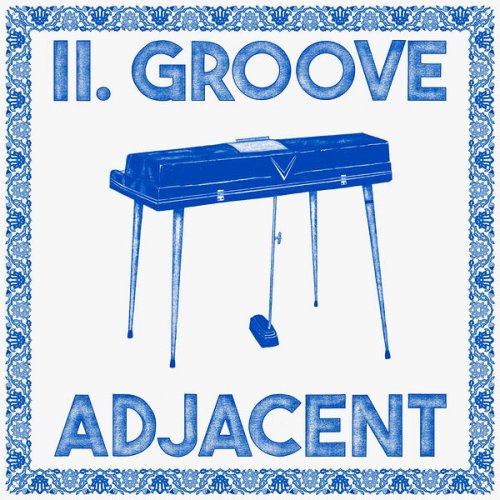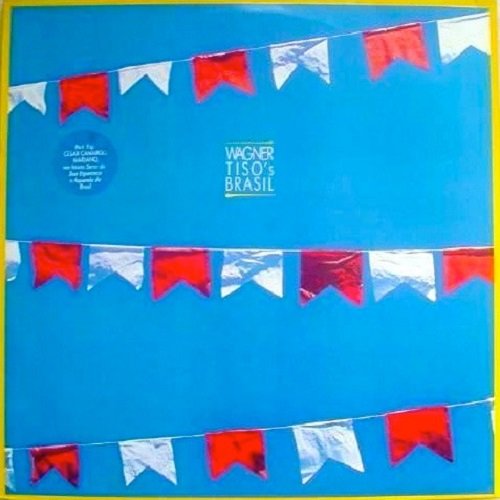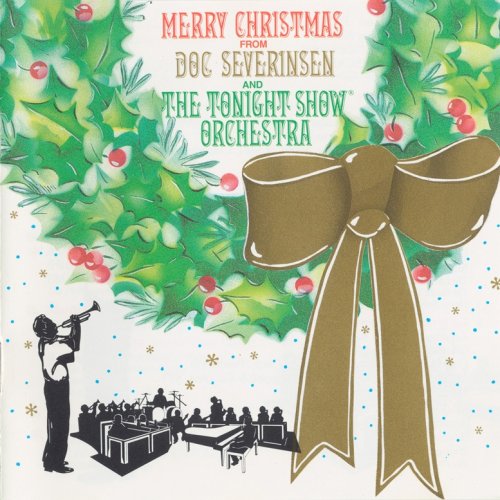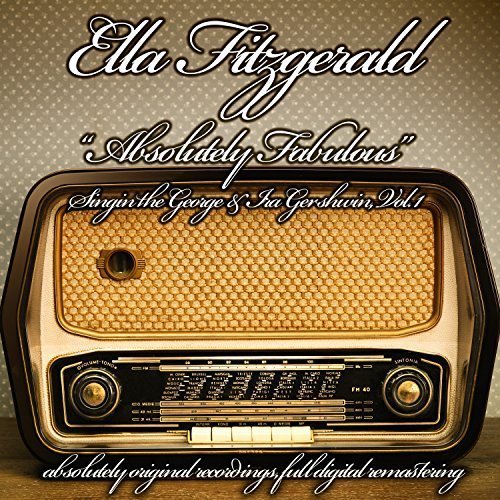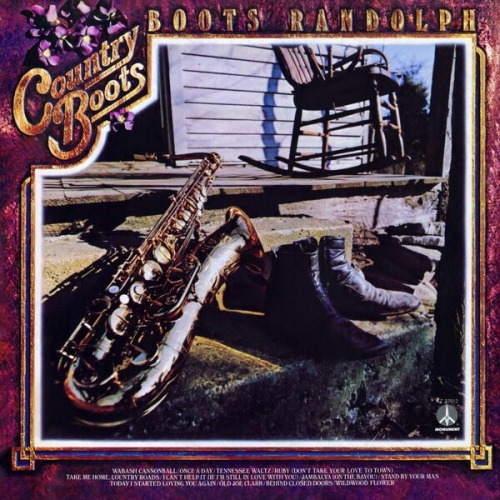Marc-Aandré Hamelin - Godowsky: Piano Sonata, Passacaglia (2002)
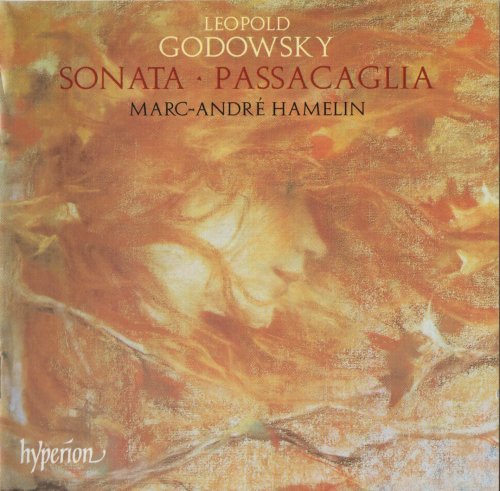
Artist: Marc-Aandré Hamelin
Title: Godowsky: Piano Sonata, Passacaglia
Year Of Release: 2002
Label: Hyperion
Genre: Classical
Quality: FLAC (image+.cue,log,scans)
Total Time: 01:05:59
Total Size: 247 Mb
WebSite: Album Preview
Tracklist: Title: Godowsky: Piano Sonata, Passacaglia
Year Of Release: 2002
Label: Hyperion
Genre: Classical
Quality: FLAC (image+.cue,log,scans)
Total Time: 01:05:59
Total Size: 247 Mb
WebSite: Album Preview
01. Piano Sonata in E minor: I. Allegro no troppo, ma appassionato [0:14:43.65]
02. Piano Sonata in E minor: II. Andante cantabile [0:07:10.65]
03. Piano Sonata in E minor: III. Allegro vivace e scherzando [0:03:33.47]
04. Piano Sonata in E minor: IV. Allegretto grazioso e dolce [0:04:21.48]
05. Retrospect: Lento, mesto - Fuga: Molto espressivo (l'istesso tempo) [0:17:25.15]
06. Passacaglia (44 variations on Schubert's 'Unfinished' Symphony) [0:18:47.15]
Performers:
Marc-Aandré Hamelin - piano
Perhaps it's true that Vladimir Horowitz claimed Leopold Godowsky's 1928 Passacaglia "impossible to play." That hasn't stopped brilliant, note-gobbling supervirtuosos from taking up its uncommon cause. The work treats the opening measure's of Schubert's "Unfinished" Symphony as a ground bass from which 44 variations and a gigantic fugue evolve. The increasingly elaborate, upholstered textures and harmonic purple prose often suggest Max Reger huffing and puffing his way through the Gershwin songbook, leaving little time to relax or breathe. Fortunately, Marc-André Hamelin channels his envious technique toward the most effective musical ends, taking more time with transitions than he did on his first recording of the work in 1988 and lingering just enough over lyrical passages. He unleashes intense heat in the demanding cadenza, yet keeps his scurrying fingers cool and controlled. Hamelin's unflinching proficiency and ability to handle the most taxing keyboard figurations with utter nonchalance brilliantly serve Godowsky's rambling, five-movement behemoth of a Piano Sonata. His only significant competition comes from Konstantin Scherbakov on Marco Polo, whose phrase inflections and dynamic surges tend to soften the music's grip. This is particularly telling in the Andante Cantabile, which contrasts with Hamelin's swifter, more fluid dispatch. Hamelin also keeps things moving by wisely forgoing Godowsky's superfluous repeats in the first and third movements, while Scherbakov observes them, to less convincing musical effect. It is churlish to say that no pianist need record these works again, yet future Godowsky players will have to practice to the bone in order to match, let alone surpass, Hamelin's reference versions. -- Jed Distler
DOWNLOAD FROM ISRA.CLOUD
Marc-Aandre Hamelin Godowsky Piano Sonata Passacaglia 02 1811.rar - 247.4 MB
Marc-Aandre Hamelin Godowsky Piano Sonata Passacaglia 02 1811.rar - 247.4 MB
